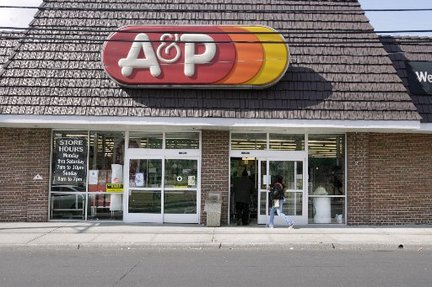Uber’s story of late is a classic illustration of when the mentor becomes the mentee. In recent months, the global mobility behemoth has been slowing shifting its strategy, replicating the efforts of its once mobility mentees Grab and Gojek, which are now best known as the super apps of Southeast Asia. These players, which first started in mobility, have capitalized on their large user bases to offer ancillary services, such as delivery, lifestyle services and financial services, to boost the amount of revenue generated per user.
Uber’s new strategy is a distinct shift from its previous one. Uber’s early growth strategy was straightforward – take what it had done with mobility in its home market of the U.S. and replicate it globally. It could be argued that this strategy naively assumed that mobility was a scalable business and that all markets were identical to the U.S. A common refrain of global businesses today is to “think global, act local” and Uber was anything but local. As illustrated in its battle with Grab, Uber’s plug-and-play approach did not account for local nuances, such as preferred payment methods or the price point for such services.
In March 2018, Uber conceded its Southeast Asian business and sold those operations to Grab, in exchange for a 27.5% stake in the company and a seat on its board. Uber’s story in key emerging markets like China and Russia played out much the same way. Uber faced an intense battle with local players in China and Russia, and upon exiting it took a stake in its rivals’ business in exchange for the assets it had remaining. While Uber’s exits from these three markets are often billed as failures, due to their missed potential, Uber’s strategic exit did ensure it reaped some of the rewards. Based on filings Uber made in April 2019, ahead of its IPO, the three holdings in Singapore, China and Russia were collectively worth an estimated $12.5 billion on paper, with roughly $3 billion in gains so far.
Uber’s expansion in the Middle East initially followed a similar trajectory. Uber engaged in an intense battle with Careem, but it announced its intended acquisition of the local player for $3.1 billion in March 2019. Uber will acquire Careem’s mobility, delivery and payments business in the region’s largest exit by a tech startup. The deal is expected to close in early 2020. While the acquisition by a global brand like Uber will help accelerate some of Careem’s plans, which will maintain its independence, Uber will also be able to take some of its lessons to other markets. This is starting to take shape as Uber diversifies beyond its all-in-one mobility platform strategy.
Want to publish your own articles on DistilINFO Publications?
Send us an email, we will get in touch with you.
Taking a page from Grab and Careem, Uber made a more formal push into financial services by setting up a division called Uber Money, which it announced at Money20/20 USA in late October. These efforts will include an upgrade of its credit and debit cards, as well as a new digital wallet. As part of the initial push, Uber’s more than 4 million drivers and couriers will gain access to a mobile bank account to be paid in real time. Uber Wallet will enable riders and drivers to store earnings, track their transaction history and make electronic payments. Apple Pay and Google Pay will be integrated with the service in early 2020, enabling drivers to spend their earnings immediately.
Mobility super apps, like Grab, Gojek and Careem, have all pushed into financial services, enabling them to capitalize on the large number of unbanked consumers in their regions. This notion of providing a service for the greater good was a key part of Grab’s brand positioning when it announced its strategic shift into financial services in March 2018. The same drivers who are transporting people and goods are also deployed as roaming ATMs, allowing riders to cash money in or out. Drivers themselves also gained greater access to financial services like insurance, as well as microlending. While Uber will face stiff competition in developed markets like the U.S., it could make inroads into emerging markets that are not well serviced by other financial service providers.
Besides stealing headlines at Money20/20 USA with its Uber Money announcement, Uber also announced plans to acquire majority ownership of Chilean-based Delivery Technologies SA, better known as Cornershop, in mid-October 2019. Cornershop has operations in Chile, Mexico, Peru and Canada. This is the same Latin American grocery startup that Walmart tried—but failed—to buy for $225 million earlier in the year. While Cornershop accepted the retailer’s offer, Mexican regulators barred the deal out of fear that it would stifle competition. Instead of trying to acquire the company outright, as Walmart intended, Uber is looking to acquire a majority stake, which will more likely satisfy regulators. Much like the Careem deal, Cornershop is expected to operate independently, with Cornershop’s founders reporting to a board likely to be comprised of Uber-appointed directors.
These recent efforts by Uber are an attempt to generate new revenue streams and boost profitability. Uber has long prioritized growth over profitability. It made a loss of $3 billion in 2018, which equates to roughly 58 cents on each of its 5.2 billion rides. By Uber pricing its services significantly below comparable taxi fares and retaining 25% of gross bookings itself, Uber squeezed the revenues available to compensate its drivers. In its efforts to expand its marketplace, Uber offered incentives to attract both riders and drivers, further hurting profitability. While some companies can make a profit in a low-margin business through scale, costs only rise as Uber expands.
Source: Forbes









